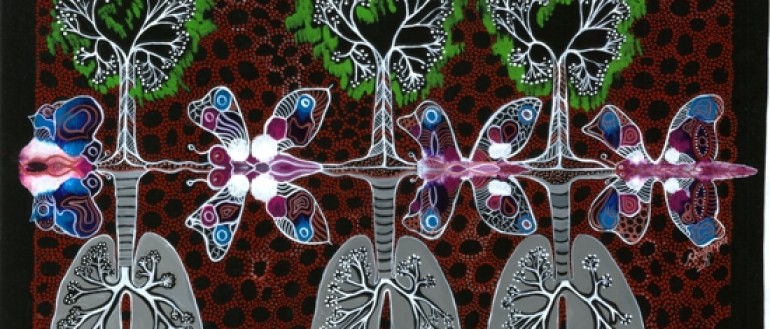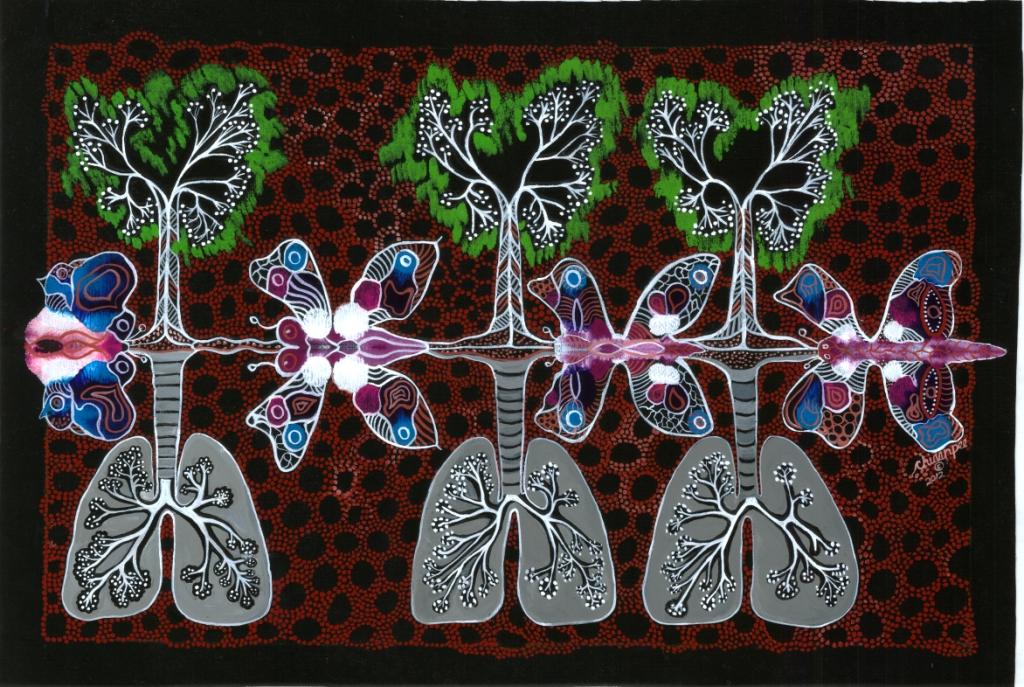The Centre for Research Excellence in Respiratory Health of Aboriginal and Torres Strait Islander Children (CRE) is a five year program of research and capacity building funded by the National Health and Medical Research Council (NHMRC) from 2012-2017. The overarching aim of the CRE is to improve the respiratory health of Indigenous children through clinical research. The CRE will focus on changing the respiratory health trajectory of Indigenous children and preventing respiratory disease in adulthood.
The specific aims are to:
- Generate new knowledge that leads to improved health outcomes
- Transfer research outcomes into health policy and/or practice
- Develop the health and medical research workforce
- Facilitate collaboration
- Record research and translation achievement.
Led by Professor Anne Chang at the Menzies School of Health Research, the CRE involves collaboration between researchers from several centres, including the Queensland Children’s Medical Research Institute, Queensland University of Technology, University of Queensland and Griffith University.
Details of our CRE team, our projects and research opportunities can be found on our website- www.crelungs.org.au
Respiratory conditions are the most common reason why Indigenous people see a doctor and the second most common reason for hospitalisation. It is increasingly appreciated that a lot of respiratory disease seen in adults starts in childhood, and many of these conditions can be prevented and/or treated if they are recognised and managed before irreversible respiratory damage sets in.
Our emblem:
Our emblem is a reproduction of a painting by talented Indigenous artist and former Menzies employee, Chidanpee. This is Chidanpee's description of how the painting represents the lungs:
“When the earth was made, so were the first trees. They cleaned the air through their branches and leaves. The same is reflected in us with our lungs; they have branches like trees breathing in the air and cleaning our body and provide much needed oxygen. The butterflies represent a delicate balance; if something happens to the air, the butterflies will die. That's why we must look after our air, like we have to look after our lungs because they keep us alive. The red dots represent alveoli that are at the end of the branches.”


